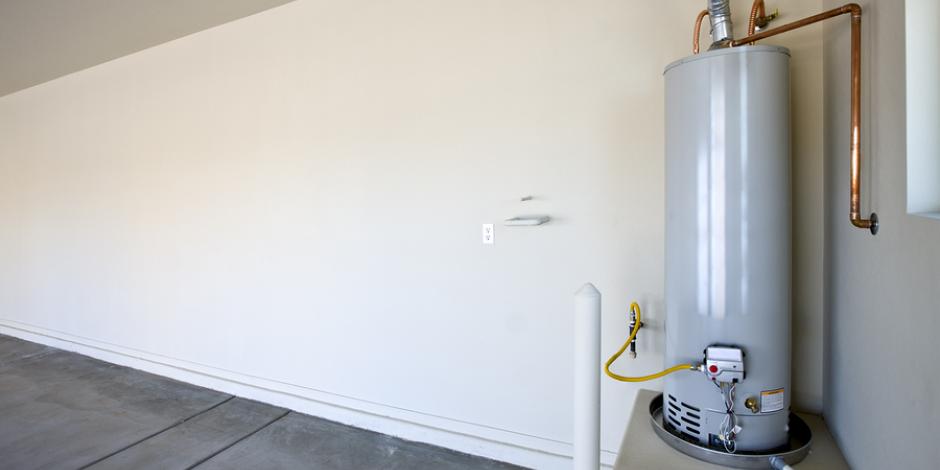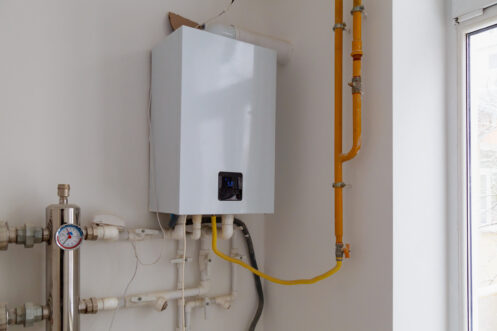Every person may have their own thinking in relation to Water Heater Maintenance Tips You Can't Afford to Forget.

Warm water is vital for daily convenience, whether it's for a refreshing shower or cleaning meals. To ensure your hot water system runs successfully and lasts much longer, regular upkeep is key. This write-up supplies useful tips and understandings on exactly how to maintain your home's hot water system to stay clear of disruptions and pricey repair services.
Introduction
Maintaining your home's warm water system might seem challenging, but with a couple of basic steps, you can ensure it runs smoothly for years to come. This guide covers everything from comprehending your hot water system to do it yourself upkeep suggestions and understanding when to call expert assistance.
Relevance of Keeping Your Hot Water System
Routine upkeep not only prolongs the life-span of your hot water system however additionally guarantees it operates efficiently. Neglecting upkeep can cause lowered efficiency, greater power expenses, and even early failing of the system.
Indicators Your Hot Water System Demands Maintenance
Knowing when your hot water system requires focus can prevent major concerns. Watch out for signs such as irregular water temperature level, odd sounds from the heating system, or corroded water.
Recognizing Your Warm Water System
Prior to diving into upkeep tasks, it's helpful to understand the fundamental elements of your warm water system. Typically, this consists of the water heater itself, pipes, anode poles, and temperature controls.
Month-to-month Upkeep Tasks
Routine regular monthly checks can aid catch minor concerns prior to they escalate.
Purging the Hot Water Heater
Flushing your water heater eliminates debris accumulation, enhancing performance and prolonging its life.
Checking and Replacing Anode Rods
Anode rods prevent rust inside the storage tank. Evaluating and changing them when worn out is essential.
Examining and Changing Temperature Setups
Readjusting the temperature level setups ensures optimal efficiency and safety.
DIY Tips for Upkeep
You can carry out several maintenance jobs yourself to maintain your warm water system in top problem.
Checking for Leakages
On a regular basis evaluate pipes and links for leakages, as these can result in water damages and higher costs.
Examining Pressure Alleviation Valves
Testing the pressure relief valve ensures it functions properly and prevents extreme pressure accumulation.
Protecting Pipelines
Insulating hot water pipes lowers heat loss and can conserve energy.
When to Call a Professional
While DIY maintenance is useful, some issues call for professional proficiency.
Facility Concerns Needing Professional Aid
Examples include major leakages, electrical problems, or if your hot water heater is continually underperforming.
Routine Professional Upkeep Conveniences
Expert maintenance can consist of extensive evaluations, tune-ups, and ensuring conformity with security standards.
Final thought
Regular upkeep of your home's hot water system is important for performance, durability, and cost savings. By following these pointers and recognizing when to look for specialist assistance, you can make sure a trustworthy supply of warm water without unforeseen disruptions.
How to Maintain an Instant Hot Water Heater
Before tinkering with your hot water heater, make sure that it’s not powered on. You also have to turn off the main circuit breaker and shut off the main gas line to prevent accidents. Also turn off the water valves connected to your unit to prevent water from flowing into and out of the appliance. 2. When you’re done, you have to detach the purge valves’ caps. These look like the letter “T†and are situated on either side of the water valves. Doing so will release any pressure that has accumulated inside the valves while at the same time avoid hot water from shooting out and burning your skin. 3. When the purge valves’ caps are removed, you have to connect your hosing lines to the valves. Your unit should have come with three hoses but if it didn’t, you can purchase these things from any hardware or home repair shops. You can also get them from retail stores that sell water heating systems. Read the user’s manual and follow it to complete this task properly. When the hosing lines are connected, open the purge port’s valves. 4. You should never use harsh chemical cleaners or solutions when cleaning your unit. Make use of white vinegar instead. It should be undiluted and you’ll probably use about 2 gallons. 5. Now flush your water heater. This task should probably take about 40 minutes. We can’t give you specific directions for this because the procedure is carried out depending on the type, model and brand of your heater. With that being said, refer to the user’s manual. 6. When you’re done draining the unit, you have to turn off the purge port valves again. Remove the hosing lines that you earlier installed on each of the water valves. Put the valve caps (purge port) back in their respective places and be very careful so as not to damage the rubber discs that are found inside these caps. 7. Now that everything’s back in place, check your user’s manual again to find out how to reactivate your water heating system. 8. Once it is working, turn one of your hot water faucets on just to let air pass through the heater’s water supply pipes. Leave the tap on until water flows smoothly out of it. https://www.orrplumbing.com/blog/2014/september/how-to-maintain-an-instant-hot-water-heater/

I was shown that write-up about How to Maintain a Hot Water Heater in a Few Simple Steps from a good friend on a different web blog. Sharing is good. One never knows, you might be doing someone a favor. Many thanks for being here. Revisit us soon.
Quote & Schedule